
| Recorded by: Ken Kneidel on 2025-07-06
Mecklenburg Co.
Comment: | 
| Recorded by: Ken Kneidel on 2025-07-06
Mecklenburg Co.
Comment: |
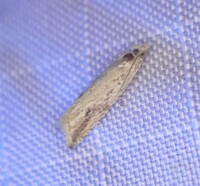
| Recorded by: Stefanie Hedrick on 2024-06-27
Mecklenburg Co.
Comment: | 
| Recorded by: Jeff Niznik on 2024-06-26
Orange Co.
Comment: |

| Recorded by: Lior S. Carlson, Dean Furbish on 2024-06-18
Lincoln Co.
Comment: | 
| Recorded by: David George, Jeff Niznik on 2024-05-25
Chatham Co.
Comment: |

| Recorded by: Stephen Dunn on 2023-10-27
Orange Co.
Comment: | 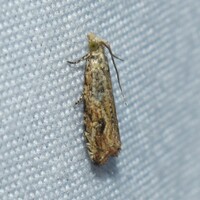
| Recorded by: Jeff Niznik on 2023-07-11
Orange Co.
Comment: |
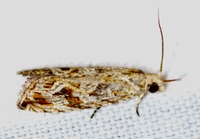
| Recorded by: Stephen Dunn on 2023-05-31
Orange Co.
Comment: | 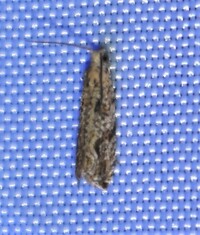
| Recorded by: Jeff Niznik on 2022-06-06
Chatham Co.
Comment: |
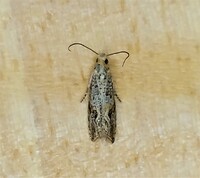
| Recorded by: Gary Maness on 2022-05-27
Guilford Co.
Comment: | 
| Recorded by: Gary Maness on 2022-05-27
Guilford Co.
Comment: |
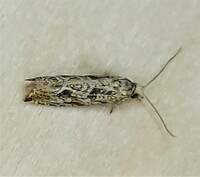
| Recorded by: Gary Maness on 2021-05-17
Guilford Co.
Comment: | 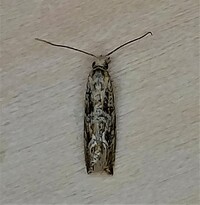
| Recorded by: Gary Maness on 2021-05-17
Guilford Co.
Comment: |
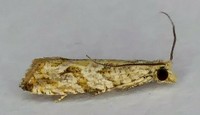
| Recorded by: Gary Maness on 2019-06-18
Guilford Co.
Comment: | 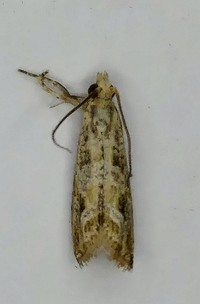
| Recorded by: Gary Maness on 2019-06-18
Guilford Co.
Comment: |

| Recorded by: Gary Maness on 2019-06-18
Guilford Co.
Comment: | 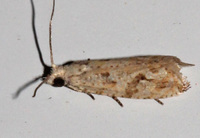
| Recorded by: Harry Wilson on 2012-05-31
Wake Co.
Comment: |
|

 »
»


 »
»
